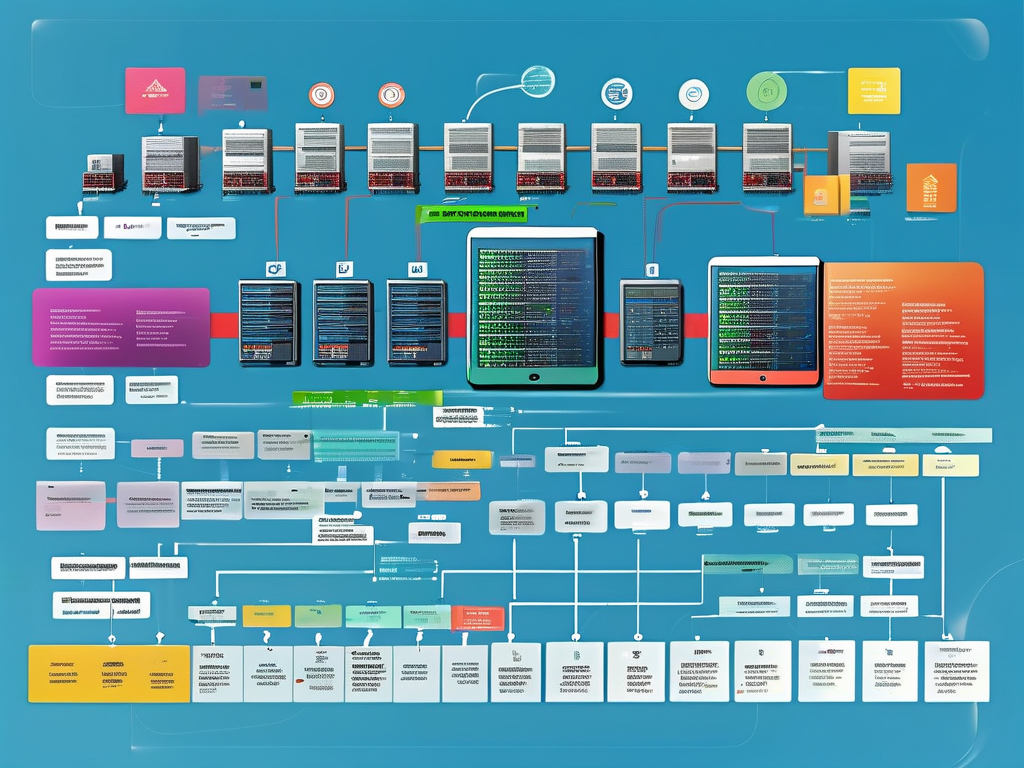The evolution of enterprise IT infrastructure has reached a pivotal juncture with the emergence of hyper-converged systems. Combining storage, computing, and networking into a unified platform, these solutions demand precision during deployment. Process automation now plays a transformative role in eliminating manual errors while accelerating implementation timelines. This article explores actionable strategies for integrating automation into hyper-converged infrastructure (HCI) deployment workflows.
Foundational Preparation
Successful automation begins with environmental validation. Infrastructure teams must verify hardware compatibility against vendor specifications, including firmware versions and driver requirements. For instance, mismatched storage controller firmware in HCI nodes can trigger synchronization failures. Automated validation scripts using Python or PowerShell can scan hardware configurations against predefined benchmarks:
# Sample hardware validation snippet
import subprocess
def check_firmware(device):
result = subprocess.run(['smartctl', '-i', device], capture_output=True)
return 'Firmware Version: 2.5.1' in str(result.stdout)
Documentation templates should be standardized to capture network topology details like VLAN assignments and IP address pools. Automated documentation generators (e.g., Docusaurus or MkDocs) can convert YAML configuration files into operational guides, ensuring consistency across deployment phases.
Orchestration Layer Design
Modern HCI platforms require coordination between virtualization managers, software-defined storage controllers, and network overlay systems. Automation frameworks like Ansible or Terraform enable declarative infrastructure modeling. A Terraform configuration for provisioning VMware vSAN clusters might include:
resource "vsphere_virtual_machine" "hci_node" {
count = 4
name = "hci-node-${count.index}"
resource_pool_id = data.vsphere_resource_pool.pool.id
datastore_id = data.vsphere_datastore.ssd.id
network_interface {
network_id = data.vsphere_network.management.id
}
}
Such code-driven approaches allow version-controlled infrastructure changes and repeatable deployment patterns. Integration with CI/CD pipelines enables automated testing of configuration changes before production rollout.
Workflow Segmentation
Breaking deployment into phased workflows prevents operational overload:
- Bootstrap Automation: Initial node provisioning using PXE boot or vendor-specific imaging tools
- Cluster Formation: Automated joining of nodes through API calls to HCI controller platforms
- Service Activation: Scripted enablement of storage policies and network micro-segmentation
Error handling mechanisms must be embedded at each stage. For example, automated rollback procedures triggered by failed storage pool creation attempts can prevent partial deployments.

Validation and Optimization
Post-deployment validation ensures functional integrity. Automated test suites should verify:
- Cross-node latency thresholds (<2ms for vMotion compatibility)
- Storage replication consistency
- Failover capabilities during simulated node outages
Continuous optimization loops using tools like Prometheus and Grafana can monitor resource utilization patterns, automatically adjusting VM density policies or storage tiering configurations.

Security Automation Integration
Automated security hardening must parallel infrastructure deployment. Tools like OpenSCAP can enforce CIS benchmarks during node provisioning:
# Apply CIS benchmarks to newly deployed nodes
oscap-podman scan --scan-id cis_centos8 \
--results /tmp/report.html \
--report /tmp/results.xml
Certificate management automation (e.g., Certbot for TLS) and secrets injection via HashiCorp Vault complete the security automation framework.
Operational Considerations
While automation delivers efficiency, teams must:
- Maintain human verification checkpoints for critical operations
- Regularly update automation scripts to match vendor API changes
- Conduct quarterly disaster recovery drills using automated playbooks
The convergence of hyper-converged architectures with intelligent automation creates resilient, self-healing infrastructure platforms. By implementing structured automation workflows, organizations can achieve deployment cycle time reductions of 60-75% while maintaining enterprise-grade reliability standards. As HCI solutions evolve towards edge computing and AI-driven operations, automated deployment methodologies will form the foundation for next-generation infrastructure management.









